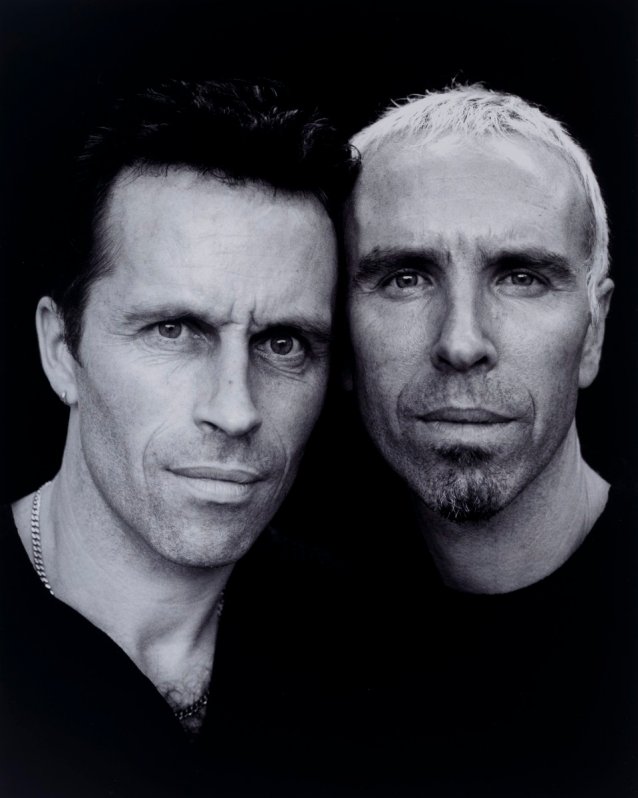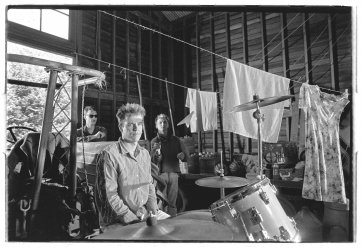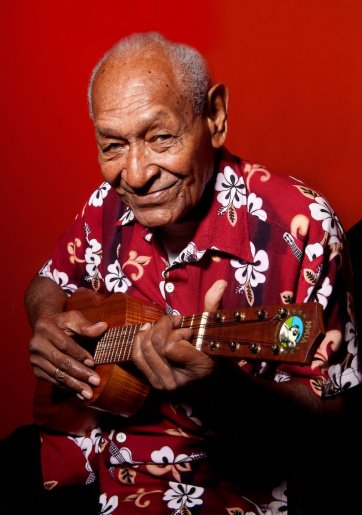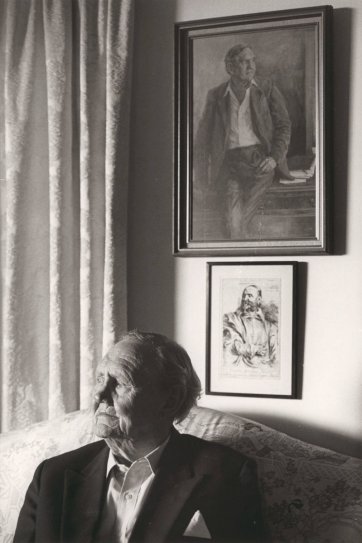Mark Seymour, singer/songwriter, was the lead singer of Australian band Hunters and Collectors before launching his successful solo career in 1998. Born in Benalla, Vic, he moved to suburban Melbourne with his family in 1972. Graduating from Melbourne University in 1980, he became a schoolteacher, and formed Hunters and Collectors, a band with seven core members and a large horn section. With Seymour the electrifying frontman, they achieved instant renown as a live act. Their double-platinum Human Frailty (1985), including the classic tracks 'Say goodbye' and 'Throw your arms around me', has proved one of the all-time classic Australian albums. Cut (1992) yielded six charting singles including 'Holy Grail', undoubtedly the only Australian sporting-event anthem conceived as its lyricist laboured through a Jeanette Winterson novel. The band recorded five more albums and toured relentlessly through the 1980s and 1990s before splitting in 1998. Seymour has since proved himself a superb lone performer. He has recorded four solo albums, including One Eyed Man (2001), which won the ARIA for Best Adult Contemporary Album, Embedded and Daylight and the Dark (2005).
Nick Seymour (b. 1958), bass guitarist, grew up playing music with his brother and sisters. After five years at art school in Melbourne he began to play in local bands including Plays with Marionettes, Bang and Horla. In 1985, hearing that former members of Split Enz were seeking a bass player for a new band, he volunteered. The resulting lineup became Crowded House, one of Australia's most successful bands both locally and overseas (in 1992 they were named Best International Group at the UK music awards, the BRITS, beating Pearl Jam, Nirvana, REM and U2). Crowded House enjoyed a string of hits before playing their final concert, on the steps of the Sydney Opera House before an estimated crowd of 150 000, in November 1996. Recurring Dream - The Very Best of Crowded house, issued in June that year, debuted at number one on both the Australian and UK charts, and had sold a million copies by the beginning of 1997. As well as playing in the band, Nick Seymour produced the distinctive artwork for their album covers and their costumes and stage sets. He has lived in Ireland for some years, where he has produced a number of successful bands and artists including Natalie Imbruglia.
Collection: National Portrait Gallery
Purchased 2005
© Nathan Kelly
The National Portrait Gallery respects the artistic and intellectual property rights of others. Works of art from the collection are reproduced as per the
Australian Copyright Act 1968 (Cth). The use of images of works from the collection may be restricted under the Act. Requests for a reproduction of a work of art can be made through a
Reproduction request. For further information please contact
NPG Copyright.



















